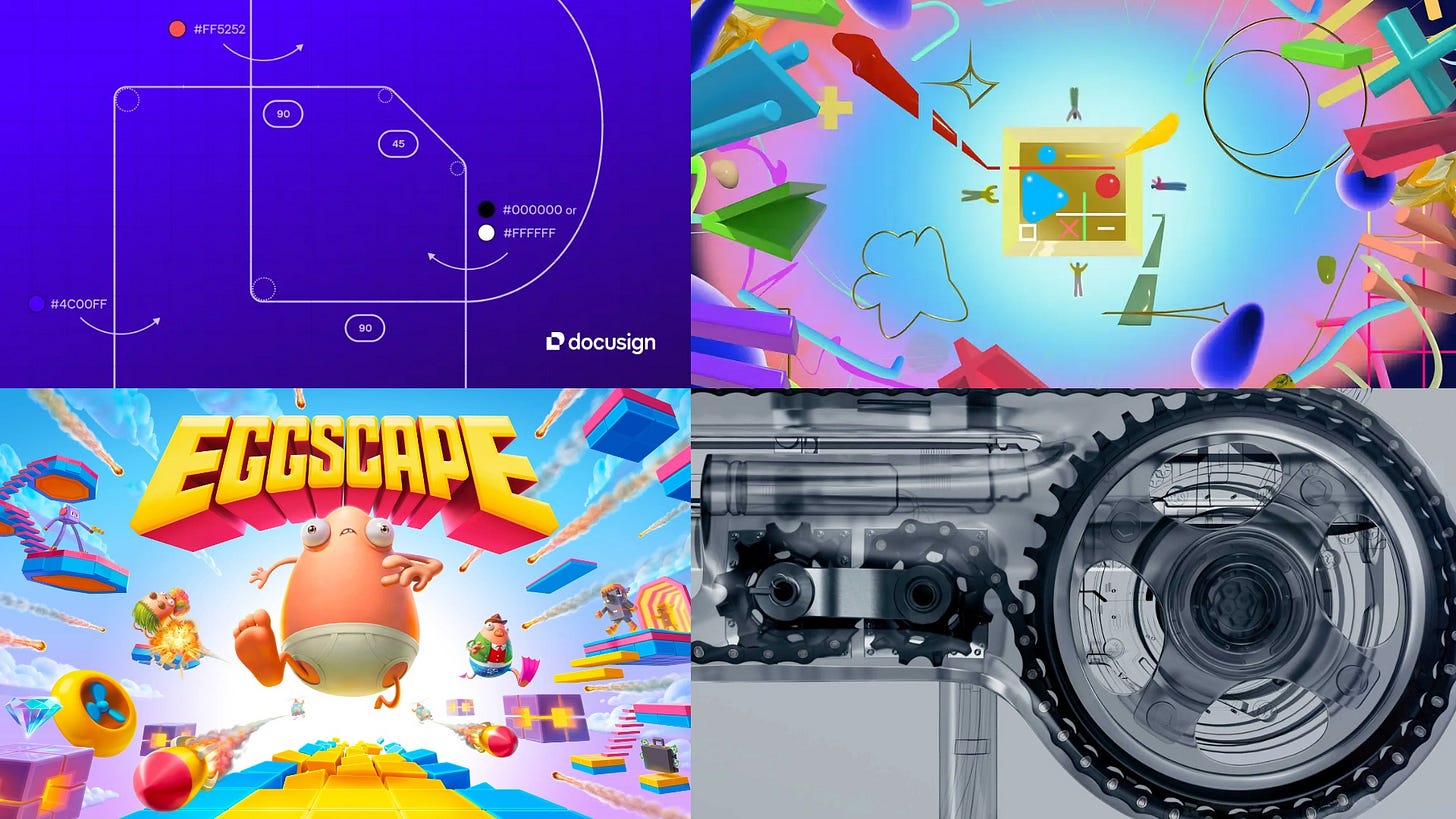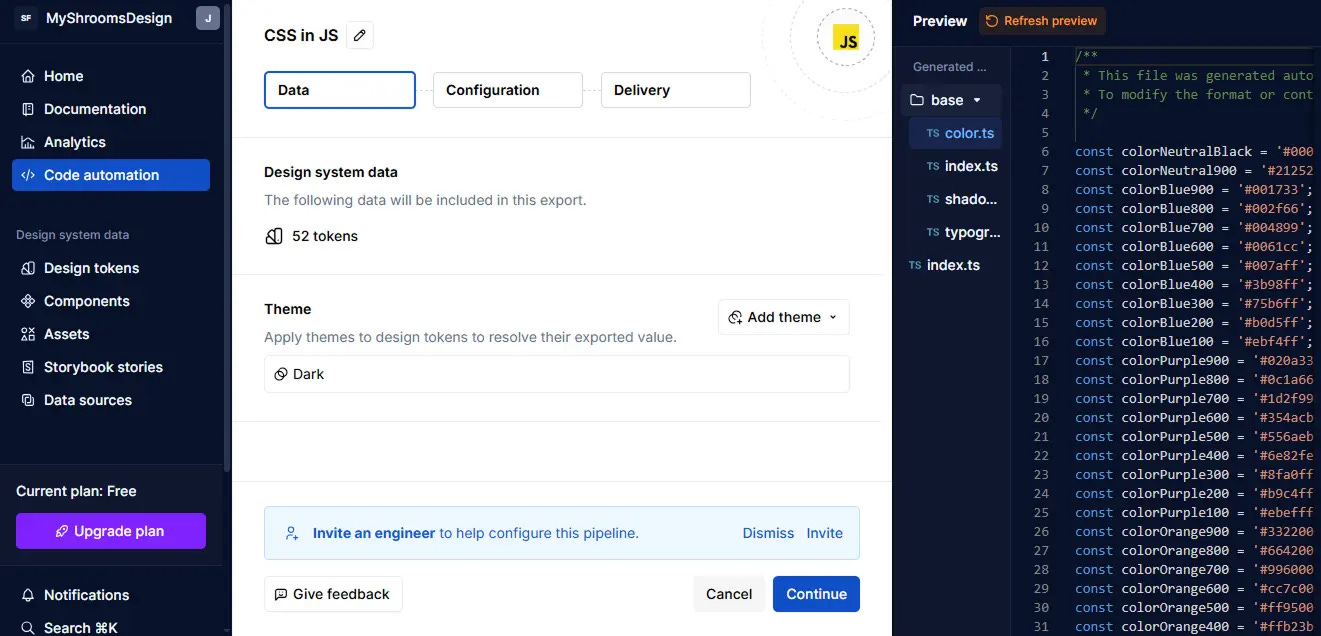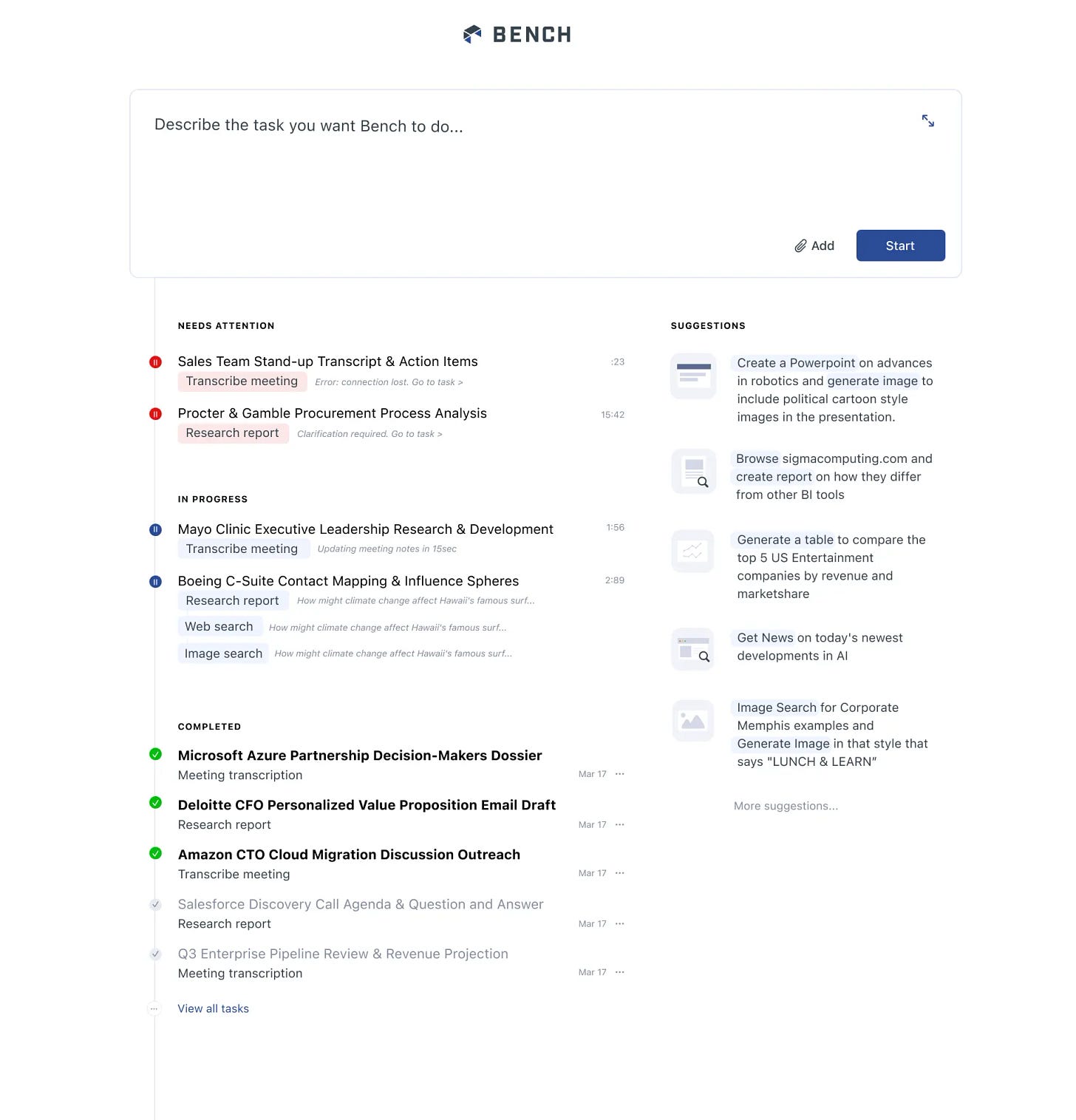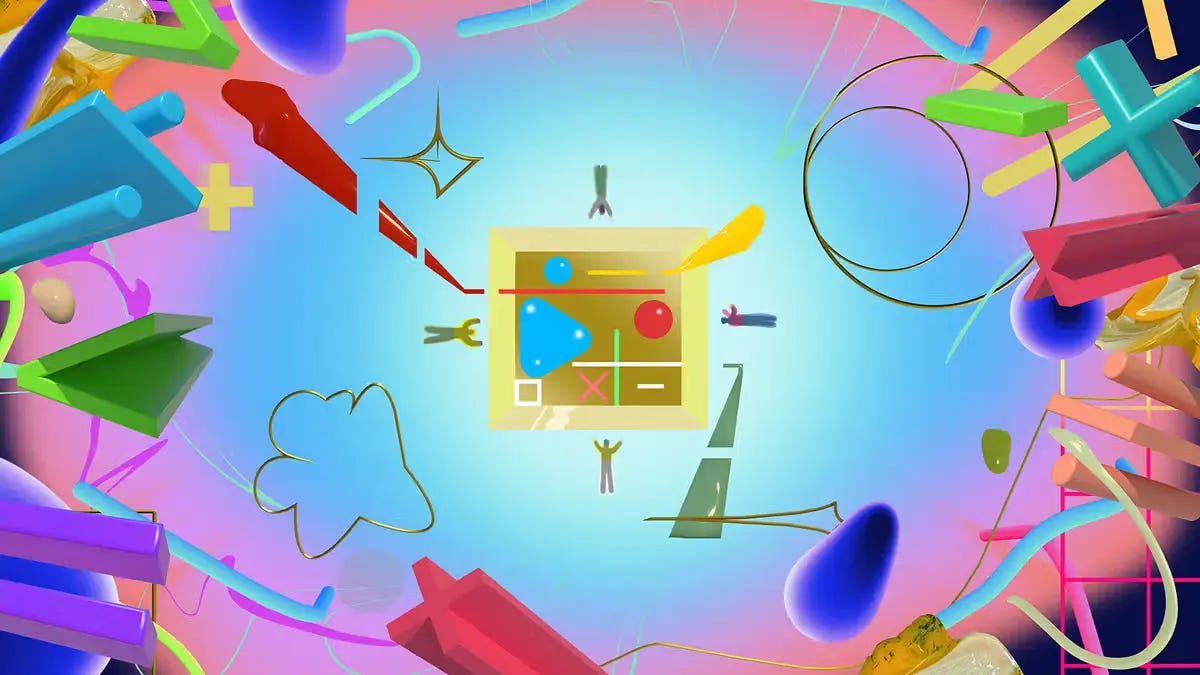Issue 163
A story about Luodingo escapist guidelines
Hello, dear readers! 👋
In this issue, among other things:
What the Duolingo method is in practice
What is the disadvantage of AI service interfaces
How to synchronize tokens, components, and documentation
Tips for preparing for an interview for a UX designer position
OpenAI Handbook on the use of AI
Mouth-watering honey packages
Aesthetic bike promo video
…and much more!
Enjoy reading!
🗞 News and articles
Vitaly Fridman has compiled a selection of tools and tips for preparing for an interview for the position of a UX designer. The selection will help you create a portfolio, structure cases, think through questions for the employer and build a job search strategy.
Vitaly reminded that it is important to clearly understand the requirements for the position, to be able to talk about the impact of your work on business and users, and also advised using the STAR method (situation, task, action, result) for the presentation of cases.
The article contains a list of 30 questions that will help you get to know the company's team, processes, and prospects better.
Automating Design Systems: Tips And Resources For Getting Started
Joas Pambou spoke about the synchronization of tokens, components and documentation, gave practical recommendations on the choice of tools, and also described how these processes can be automated.
In the article, Jos analyzed the process of creating tokens, documentation, and process automation using Figma and Supernova as examples.
The main thoughts:
The elements of a design system should always be synchronized in design and code.
The first thing to automate is tokens (colors, typography, margins) so that changes in Figma automatically get into the code.
Tools such as Token Studio, Specify, and Design-tokens.dev help manage tokens and maintain their uniform format.
Supernova allows you to export tokens from Figma, generate code in the required formats and maintain documentation in one place.
Zeroheight transforms Figma components into a single documented system
For full control, you can use your own scripts based on the Figma API. They will allow you to track colors, typography, changes in components, metadata, and other parameters.
It is better to break the automation process into small steps, monitor API updates, and test the result after each export.
AI can help with the generation of token names, the search for recurring patterns, and the creation of draft documentation.
Prompt Building User Interfaces
Luke Wroblewski pointed out that most AI services offer a single input field, which confuses users. Many people don't know what the system is capable of and how to interact with it properly.
As an alternative, he showed the interface of the Bench service, which, with the help of accurate personalized prompts, helps to perform real work tasks.
The Duolingo method: Collaboration as a core practice
Emma Webster explained what the Duolingo method is in practice. Using the example of the Duolingo Math team, she examined the development process in which designers and developers work in parallel and harmoniously.
The main thoughts:
The process is based on the principle of "Show, not tell", which is described in the Duolingo manual.
The work starts with a board in FigJam. The teams discuss the idea and, after approval, the designers proceed to the layout in Figma.
During the design process, developers observe the prototype in Figma, evaluate the complexity of the implementation, and leave comments in advance.
After the joint creation of the layout, the developers begin to layout a working prototype.
Designers and developers see the changes in real time and exchange comments. Fast repetitive cycles are obtained: prototype → test → refinement
Teams never try to bring a project to perfection, but produce a minimum quality working version. It can be improved later by repeating the process.
The time for minimal polishing is set in advance so as not to release the project "as is"








